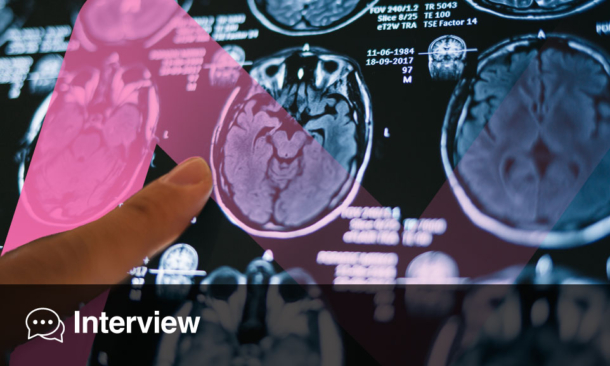A NEW study has shown that most people with newly diagnosed focal epilepsy need more than a year and more than one antiseizure medication to achieve seizure freedom, and nearly one in four develop treatment resistance. Early identification of patients at risk, particularly those with frequent seizures or psychiatric disorders, could improve management.
Focal epilepsy affects a substantial proportion of those living with epilepsy worldwide, yet predicting which patients will respond to their first prescribed medications has often proved difficult. Understanding the treatment journey for these individuals is crucial for tailoring care and managing expectations, as well as reducing the lengthy delay many patients face before gaining control of their seizures.
The Human Epilepsy Project, a prospective international study, followed 448 people aged 12 to 60 with newly diagnosed focal epilepsy for up to six years across 34 specialist centres in the United States, Australia and Europe. At the outset, the median age at treatment initiation was 32 years, and 60 per cent of participants were female. Seizure freedom — defined as a year without seizures or three times the longest pre-treatment interval — was achieved by just under 60 per cent of participants. However, only 27 per cent obtained seizure freedom with their first antiseizure medication. Most treatment-sensitive people (89.3 per cent) responded to a single drug, but 22.8 per cent developed treatment resistance, a challenge that was more frequent in those with very frequent initial seizures and those with a psychiatric history. The median time to seizure freedom was 12.1 months, but was shorter (2.2 months) for those who never relapsed and longer for those who did (7.4 months).
These results underline the importance of recognising patients at high risk of treatment resistance early. For clinicians, careful monitoring and prompt escalation of therapy are essential, especially for those with frequent seizures or mental health comorbidities at diagnosis.
Reference
Barnard SN et al. Treatment response to antiseizure medications in people with newly diagnosed focal epilepsy. JAMA Neurol. 2025;DOI:10.1001/jamaneurol.2025.2949.







